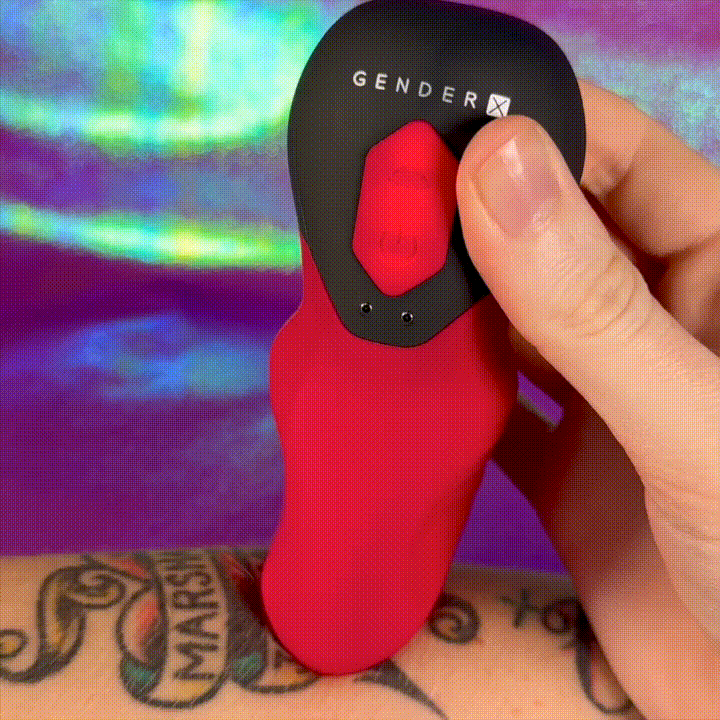
What is a Testicular Self-Exam and Why Are They Important?
A testicular self-exam is the act of checking your testicles for any changes including growths, bumps, pain, irritation, swelling, discoloration, and discomfort. While regularly checking out your genitals is important, testicular self-exams carry much significance in a healthy sexual wellness routine. Testicular cancer accounts for 2% of all cancers that occur in penis owners and, during its early stages, the only significant symptom is a mass within the testes. Early detection of testicular cancer results in a 90% effective treatment rate. With this in mind, it’s important to know what your testicles should look and feel like normally in an effort to be able to spot any abnormal change, growth, pain, or sensation. A positive side-effect of these self-exams is the added knowledge of sensation in your testicles. Many penis owners see their testicles as part of their genital “machinery” and not as the positive pleasure centers they are. Feeling your testicles may allow you to appreciate the vast amount of sensations they can produce when touched, squeezed, stroked, and held.
First, Let’s Talk Anatomy!

Before we get into the how to of self-exams, let’s first go over some genital anatomy so you know what you’re feeling and what is normal. Here we’re going to concentrate mainly on the testes (sometimes called testicles) but also highlight some other areas of your genitals that you can visually check from time to time.
Starting off with the area that most people are familiar with, the penis itself is made up of a few different parts. The tube-like structures that runs down the shaft of the penis is called the Urethra. It’s through the urethra that urine as well as ejaculation leaves the body. The urethra opening is located at the tip of the penis, otherwise known as the Glans Penis.
Moving to the testicles, your testes are where sex hormones and semen is made. Most people have two testicles which are inside of the scrotum – the temperature and sensation sensitive skin that preserves the temperature needed for ideal sperm development. Also, inside of the scrotum is the Epididymis, a structure along the back of a testis where sperm matures. Connected to the epididymis is the Vas Deferens, a tube that carries the sperm to the urethra (sometimes referred to as the spermatic cord). And that’s about all you need to know to perform a testicular self-exam!
The How-To
The best time to check your testicles is during shower to bath time. As you may have noticed, the warm water affects your scrotum – your sac will be soft and relaxed, making the whole self-exam a little easier. Now it’s time to grab your goods!
Checking one testicle at a time, grip your scrotum with both hands and gentle roll your testicle between your fingers. You should be able to feel the smooth roundness of your testicle, the attached epididymis, and outgoing spermatic tube. Feel around the epididymis and follow the spermatic tube up the back of the scrotum.
What are you feeling for exactly? Your testicles and the surrounding tissue should feel smooth and, while sensitive, not particularly painful. What you’re trying to detect with this self-exam is any lumps, bumps, or usually textures as well as pain, swelling, or discomfort.
When To Seek Help
Try to make your testicular self-exam a monthly habit. Now that you know what your testicles feel like, take note of any changes that occur. If you feel any change in size, shape, texture, or sensation, take yourself to a doctor to get it checked out. While your noticed changes could be a range of things, if it is testicular cancer this early detection and intervention could be life-saving.



